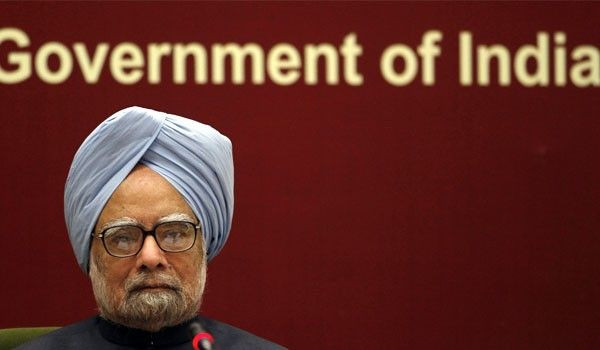Preview: India's GDP growth could've slowed marginally in Sept. quarter

The Indian economy is expected to have grown a little slower in the September quarter than the previous quarter, mainly due to a drop in capital goods production.
Economists polled by Reuters expect GDP to have grown 8.3 percent in the September quarter. The economy grew 8.8 percent in the previous quarter, the strongest pace seen since December 2007, mainly helped by strong manufacturing output.
India's volatile industrial output growth slowed unexpectedly in September to 4.4 percent, led by a decline in capital goods production, Reuters said.
However, manufacturing activity, which contributed about 80 percent to industrial output, rose in the third quarter, relative to the second, Vishnu Varathan, an economist with Capital Economics, said in a note.
The Central Statistical Organization will release the GDP data on Tuesday.
Industrial production would probably expand at a high single-digit pace in the coming quarters, he added, stating that growth in capital goods output and consumer durable goods production will lead the way.
The recently completed Commonwealth Games would also lift construction because of the rush to complete the facilities before the Games, Varathan said.
Economists are also closely watching inflation, which has proved to be a cause for concern for India.
Food rate inflation is currently around 10.15 percent for the week ended Nov. 13. Overall inflation fell to 8.58 percent in October, from 8.62 percent.
The Indian government has been trying to stem the sharp rise in inflation. The Reserve Bank of India raised its short-term borrowing and lending rates by 25 basis points in November for the sixth time this year.
Varathan expects food inflation to slow more sharply in the coming months due to record crop production and above-average monsoons.
We anticipate that the annual gain in wholesale prices will slow to the RBI target of 6 percent by March 2011, from 8.6 percent in October, he added.
On the corporate side, the combination of upbeat business outlook, rapid profits growth and tighter capacity use will continue to lift business investment, Varathan added.
However, the recent spate of scandals related to the Commonwealth Games, the scam surrounding the 2G spectrum auction and other such issues raise several questions regarding the ability to create the infrastructure that is required to attract lucrative business investments.
The government eventually does deliver, even if the coalition form of governments results in some delay, Varathan said.
The upshot is that India has a good chance of lifting its trend GDP growth rate to around 9 percent in coming years, from 8 percent now, he added.
© Copyright IBTimes 2025. All rights reserved.





















